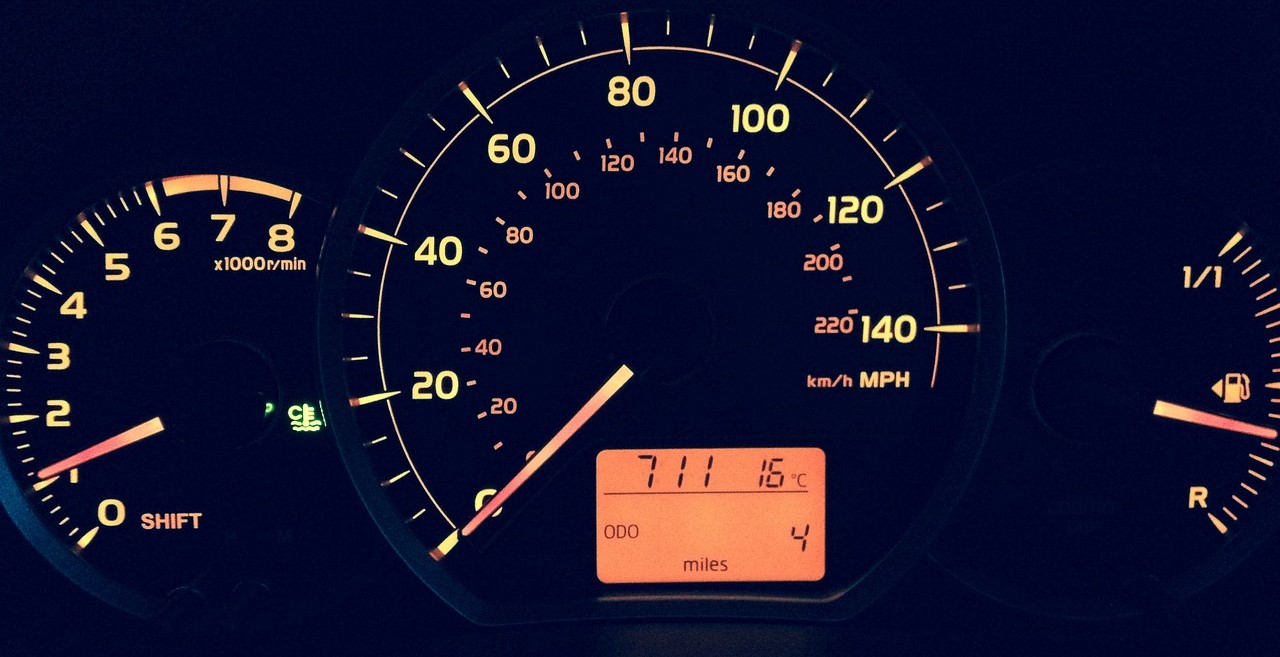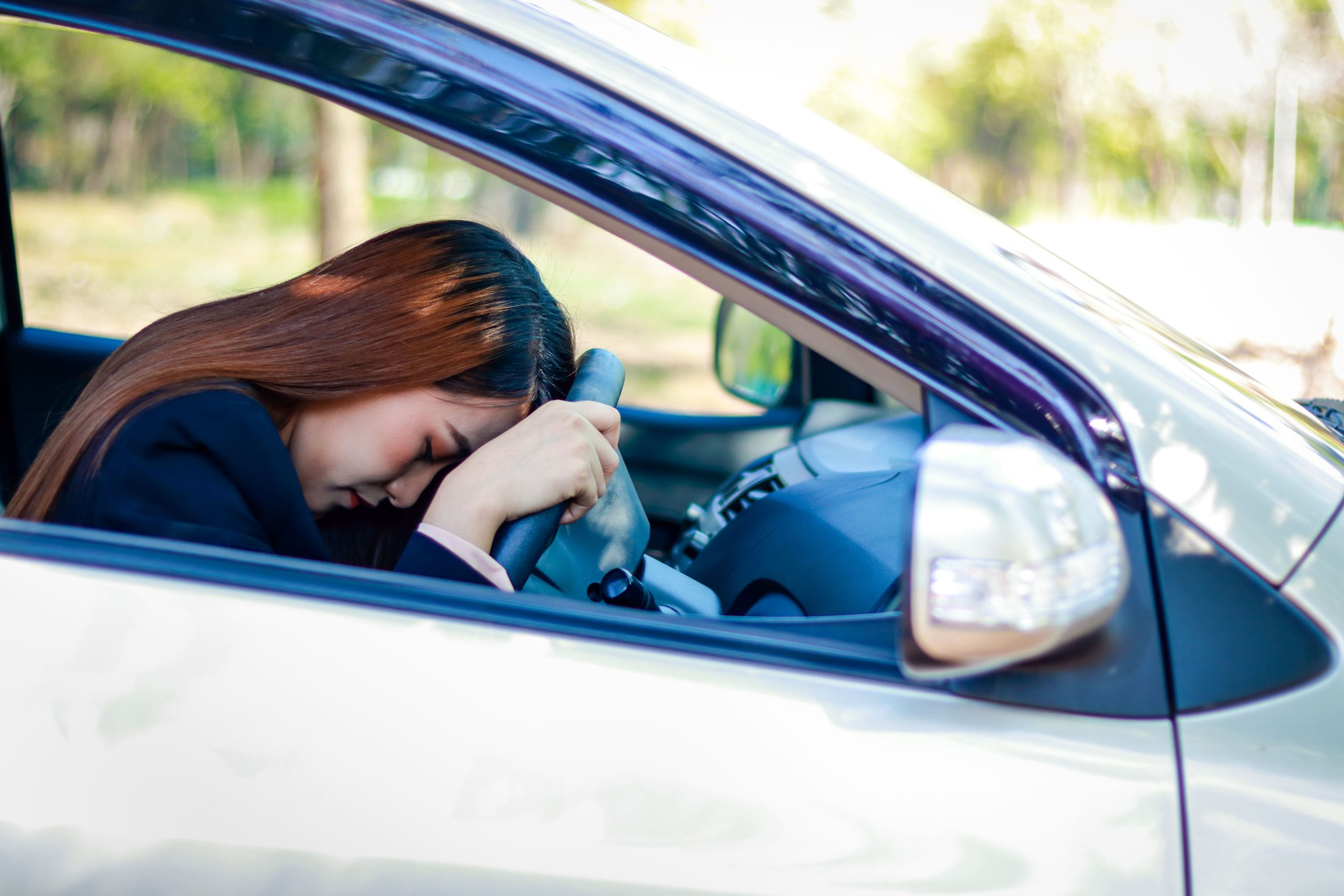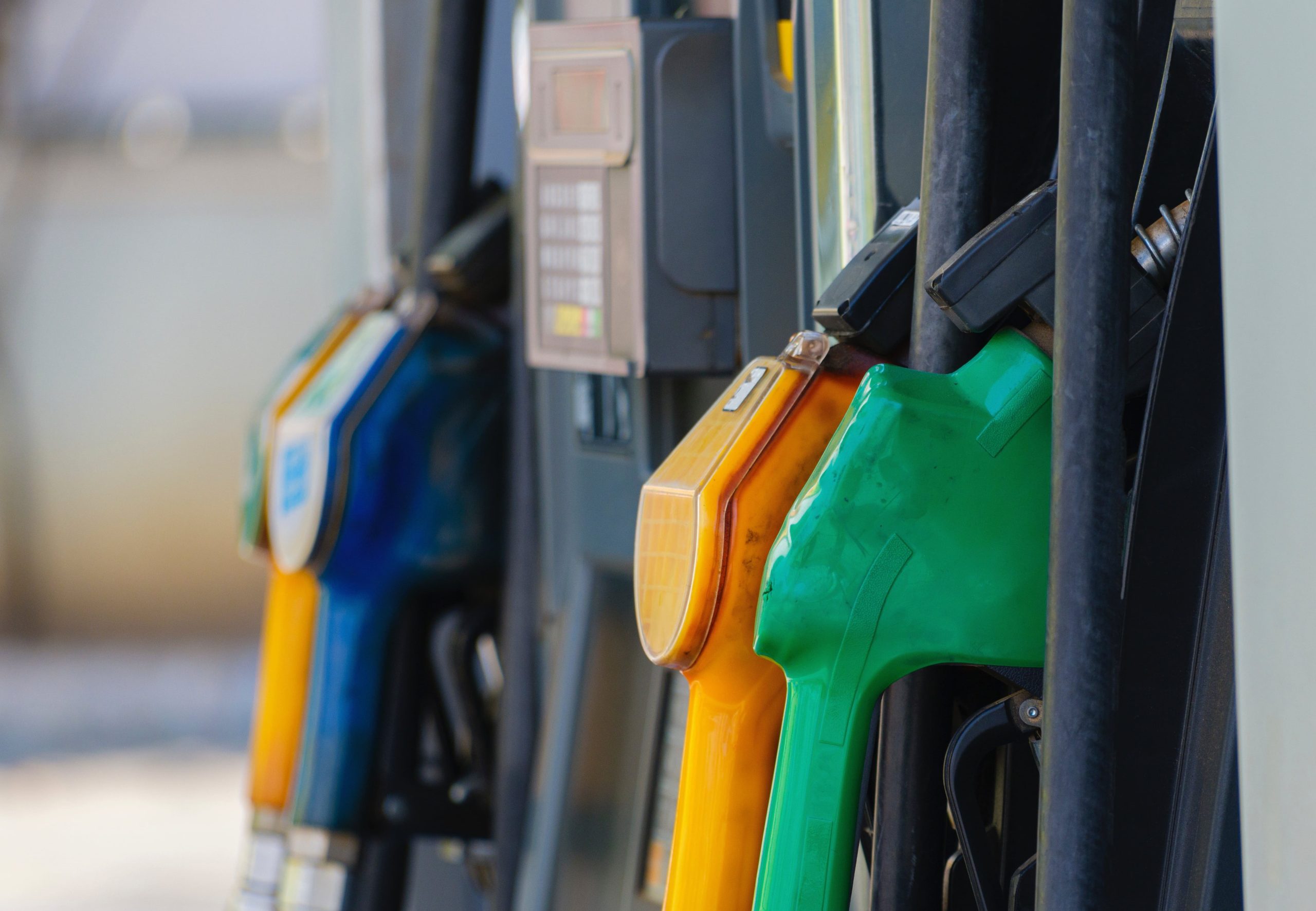Do you find it difficult to know for sure when it’s the right time to change gear? Are you struggling with the timing to put the clutch down when coming to a stop or slowing down to a lower gear?
Knowing how to use the rev-counter on your vehicle will help you to make smoother gear changes, avoid stalling AND save you money on fuel.
What does the rev counter do?

The rev counter is on your dashboard (usually to the left of the speedometer). In its simplest terms, it shows you how how fast the engine is currently turning over (Revolutions Per Minute). The higher the number, the harder the engine is working.
Where should the needle be for normal driving?
When driving and maintaining speed you’d normally expect to see the needle somewhere between the 1 & 2 (between 1,000 and 2,000 rmp). If the needle is over the number 2 then the engine is being over-worked for the gear you’re currently in.
If you are trying to gain speed quickly – for example when joining a dual-carriageway or building speed after joining a fast-moving road – then you’ll need to push the engine a little harder before changing up a gear, and would expect the needle to go above the 2 before changing.
However, if you are in the correct gear for the speed at which you are travelling then you should aim to keep the needle somewhere between the 1 & 2 for maximum efficiency.
How does the rev-counter help to avoid coasting and stalling?

When reducing speed you will need to decide whether a downward gear change is necessary. If the speed of the vehicle is too slow for the current gear, there is a danger that you’ll stall the car if you don’t get the clutch down in time.
If you take a glance at the needle on the rev-counter when slowing down you’ll notice that it will begin to drop as the speed reduces.
When the needle reaches 1,000 rpm you are now at the lower end of the current gear’s capability and will need to engage the clutch – either to shift down a gear or to bring the car to a stop.
Failure to engage the clutch would result in the vehicle beginning to judder and ultimately stalling the engine.
You will not need to engage the clutch until the needle has reached around 1,000 rpm or less. To avoid coasting (putting the clutch down when it’s not necessary) simply ensure you have braked sufficiently to bring the needle down to 1,000 rpm BEFORE engaging the clutch.
How do I get maximum fuel efficiency from my gear changes?

To get the best out of each gear you need to avoid revving the engine too much.
Too many revs will not only result in lumpy upwards gear changes, but will also emit far greater emissions AND cost you more money in fuel.
To get the smoothest gear changes and reduce your fuel costs, make sure you glance at the rev-counter when building speed and when it hits 2,000 rpm (the number 2), change up a gear.
Next time you’re driving take a moment to include the rev-counter in your glances at the dashboard. Effective use of the vehicle’s revs will deliver a smoother, more efficient drive and help to avoid any horrible stalls when coming to a stop.
